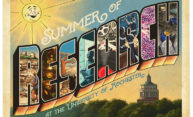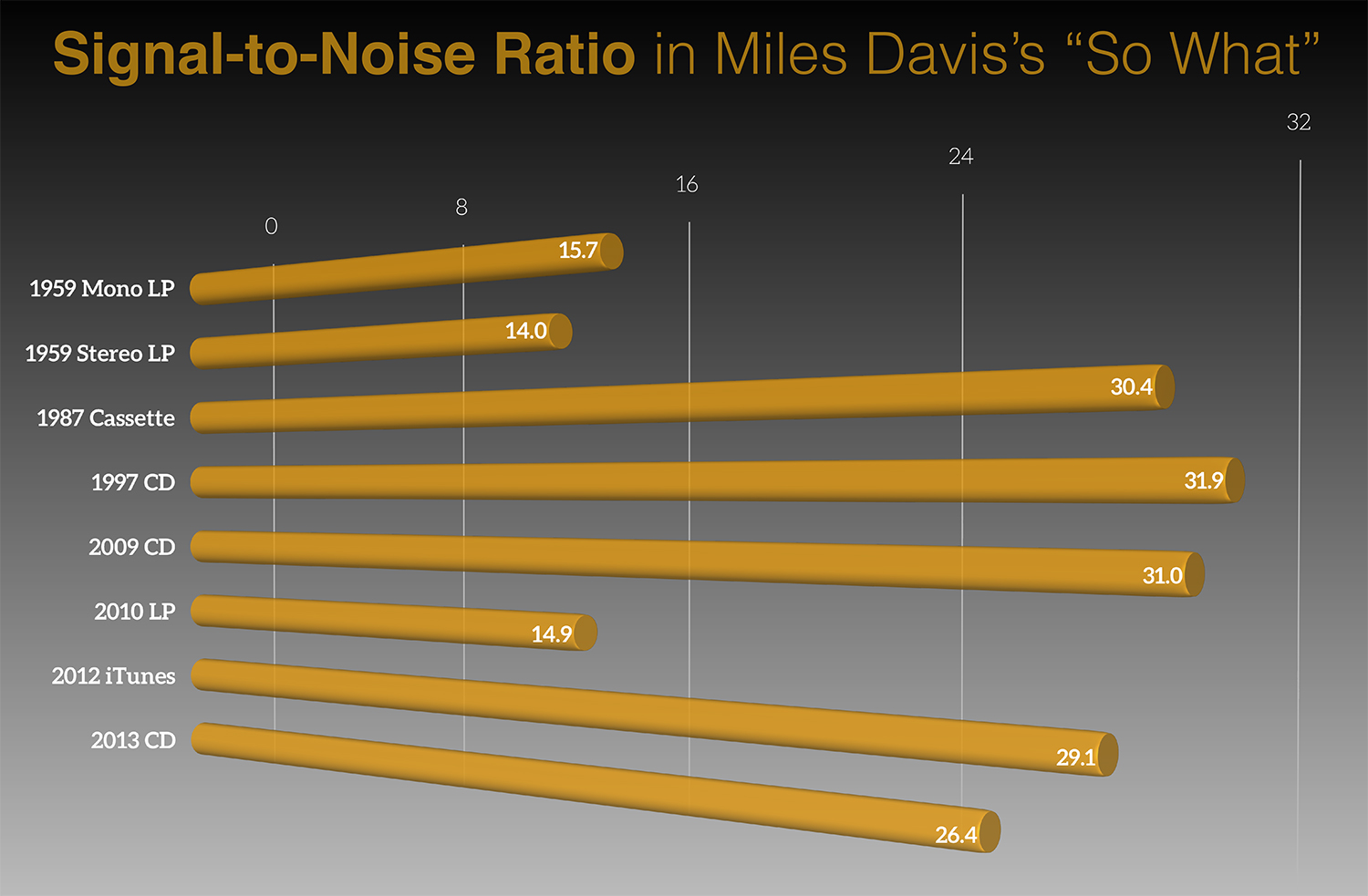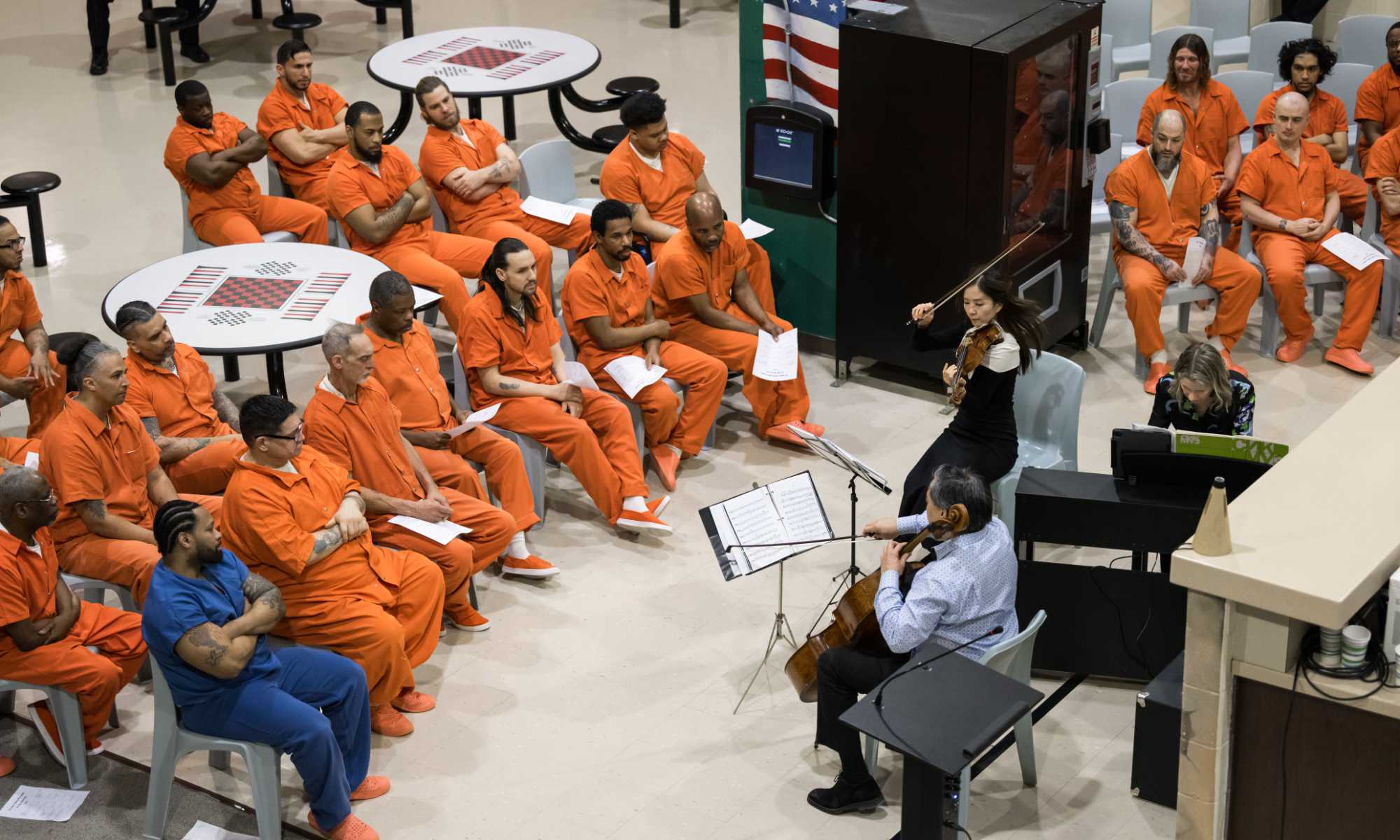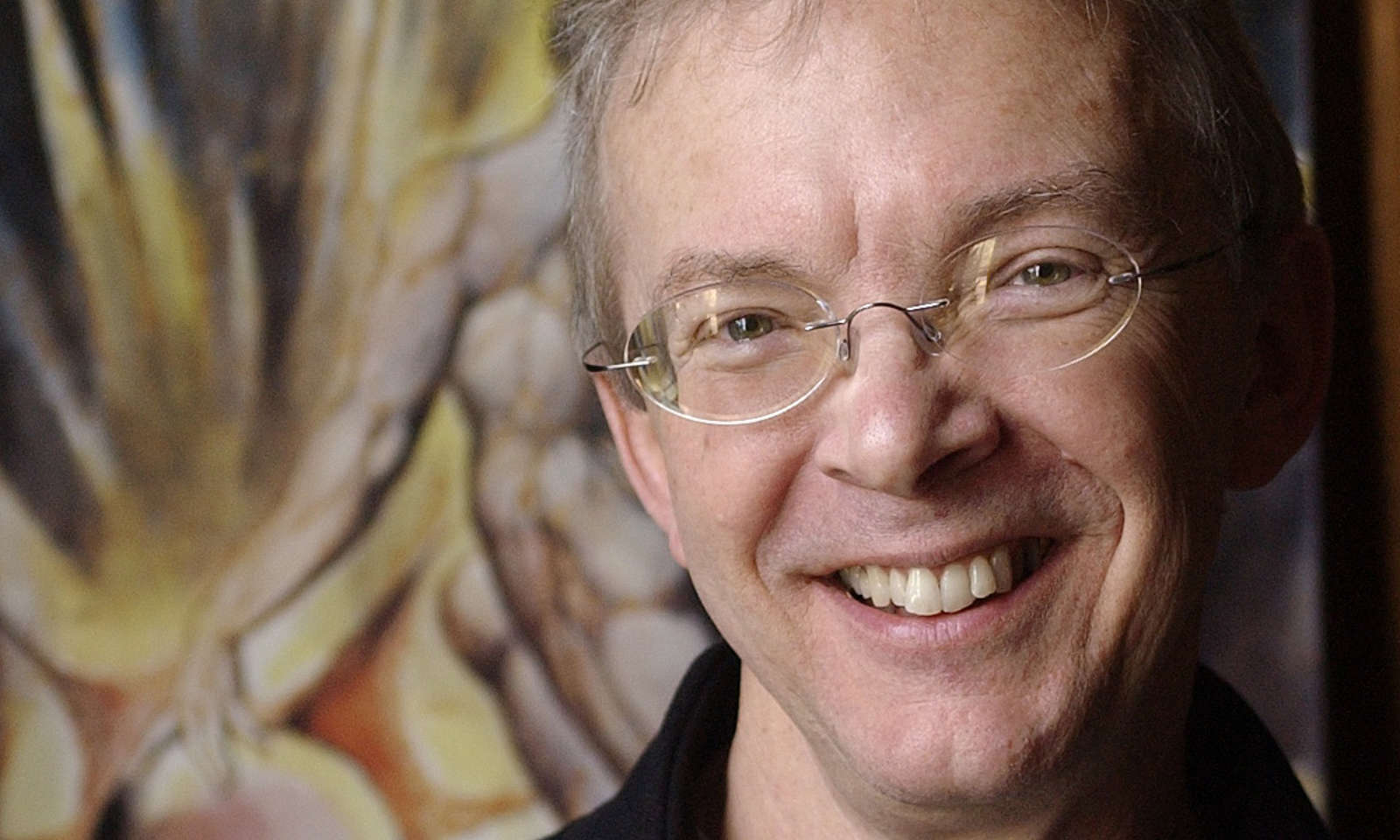
Jake Altabef and Graham Palmer have been spending a lot of time at the University of Rochester this summer studying a recording that was first released nearly four decades before they were born.
They’ve been studying “So What,” the first track on Miles Davis’s Kind of Blue, which many critics consider the greatest jazz album of all time. First released on vinyl in 1959, it has subsequently been re-mastered in multiple formats, including on cassette in 1987 and on compact disc that same year and in 1997, 2009, and 2013.
And that’s what Altabef, a rising junior in computer systems engineering at Rensselaer Polytechnic Institute, and Graham, a rising senior in computer science at the University of Michigan, have been focusing on.
How has the sound quality of “So What” changed over the course of all those re-masters? Is the song “brighter” in some formats than others? Is there less background “noise” on disc than on vinyl?
To compare the re-mastered versions of the track, they’ve been using various tools, such as MATLAB software to analyze the noise-to-signal ratios and the Bark psychoacoustic scale to compare the relative loudness.
By the midpoint of their project, patterns were emerging. “Whenever the recording companies re-master a track, they try to get rid of white noise, and you find a pretty clear trend as you go through time. The signal—the noise that you want to hear—is going up,” Palmer says.
Altabef and Graham are at Rochester as participants in a new Research Experience for Undergraduates, or REU, program called Computational Methods for Understanding Music, Media, and Minds. REUs are designed at universities and funded by the National Science Foundation as part of a federal effort to make research accessible to undergraduate students from as many backgrounds as possible. Ten undergraduates are participating in this REU this summer, seven of whom are from other universities.
Computational Methods for Understanding Music, Media, and Minds, offered through the Goergen Institute for Data Science and the Kearns Center for Leadership and Diversity, capitalizes on some of the University’s core strengths—in music and data science research as well as in multidisciplinary research opportunities for undergraduates. Altabef and Graham, for example, are benefiting from working alongside two mentors from different, but related, disciplines. Darren Mueller is an assistant professor of musicology at the University’s renowned Eastman School of Music and an expert on cultural aspects of music. Stephen Roessner, a Grammy Award–winning lecturer in audio and music engineering, is an expert in recording techniques and analyzing sound quality.

This particular project was suggested by Mueller, who is interested in examining what happens during transitions in musical technologies. By looking at the same material across the decades, he says, it is possible to trace the different interests, or “investments,” at play. The vested interests include those of record companies, which adopted new formats to try to reach as many consumers as possible. Meanwhile, consumers’ buying preferences revealed what they were—or were not—willing to accept in terms of sound quality. Finally, the interplay between these interests, in turn, could affect the music itself.
“When the cassette came out, for example, it became very popular because it was mobile. You could put it in your car, you could walk around with it,” Mueller says. “People realized they could sacrifice a little in fidelity because they wanted that portability.”
Debates about the relative fidelity of music recordings are nothing new, Mueller adds. Signal-to-noise ratio, for example, has preoccupied recording engineers and music lovers since the dawn of vinyl.
“It’s not a new idea. We’re just applying new tools,” Mueller says. And that’s another interesting facet about projects like this one.
“What can data tell us that maybe our own ears can or can’t?” he asks. “Data is a type of computer-generated listening that may or may not be the same as our own listening. How can I expand my own listening by using computational tools?”
One challenge for the students is finding a point in a recording when there’s no music, so that whatever background noise is present can be isolated. “You have to listen to a song over and over again to find that one moment of silence,” Altabef says. “On LPs it’s easy because there’s ‘hiss’ before the music starts. But when you get to CDs, it’s a lot harder.”
At least Altabef and Graham are spending their time with a classic Miles Davis track that continues to resonate across generations.
“I enjoy it,” Graham says. “It has its own feel—kind of laid back, but at the same time, virtuosic.”
“I have never truly listened to jazz, so getting into it is actually really cool,” Altabef says. “It’s very different from popular music. Elegant.”



